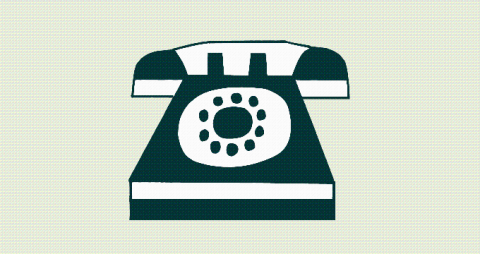7 strategies to win back your customers' trust after a damaged brand reputation
Experiencing a PR faux pas is inevitable no matter how hard you try to avoid it for your brand. The risk of making an embarrassing mistake is all the more heightened because customers are constantly engaged with your brand through digital channels. A small mistake can be overblown and become viral on the web within an hour. “Even the best intentions can be misread by customers, and oftentimes it takes a lot of work to undo even a simple error,” explains Dan Fries, PR adviser at BlueTree.




















